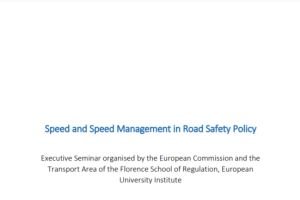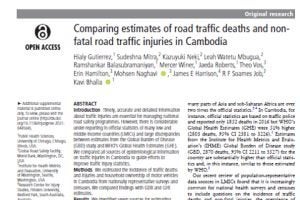
Overview
Speed Enforcement Program Guidelines
It is well-established that speeding represents a risk to public safety. Excessive speed increases the likelihood of crashing and the risk of severe injury in a crash. In 2005, more than 13,000 lives were lost in speeding-related crashes (NHTSA, 2006a). Reducing speeding is a high-priority objective and effective speed enforcement is an essential countermeasure to reduce speeding and lowering crash risk. The National Highway Traffic Safety Administration and the Federal Highway Administration have developed Speed Enforcement Program Guidelines to provide law enforcement personnel and decision makers with detailed information on how to establish and maintain an effective speed enforcement program. The guidelines were developed with input from many of the most successful law enforcement agencies in the United States and include information that can help establish an effective speed enforcement program, including details on:
- Program management
- Problem identification
- Enforcement countermeasures
- Role of engineering
- Public outreach and communications
- Legislation, regulation and policy
- Program evaluation
Did you know?
82% of Road Crash Fatalities and Injuries in the economically productive age groups (15 - 64 years.)
82% of Road Crash Fatalities and Injuries in the economically productive age groups (15 - 64 years.)


